Mechanisms underpinning the impact of climate change on natural populations
We have a good understanding of the potential impacts of climate change on some
species, like this golden plover, vulnerable to reductions in prey abundance.
What lessons can we learn from these examples to apply to other,
less-well studied species?
Lesser Kestrel. Species breeding in Mediterranean regions may be susceptible to
any increases in drought frequency as a result of climate change
Strawberry frog. Many tropical frog species are declining and threatened with
extinction. Climate change is widely cited as a contributory factor to these declines
Climate change is regarded as one of the greatest threats facing global biodiversity. Much of this concern is based upon projections of future extinction risk derived from models that link species’ distributions to climate (e.g. Thomas et al. 2004, Bellard et al. 2012). Whilst there is increasing evidence that climate change has caused significant changes in the phenology or distribution of species (Root et al. 2003, Parmesan & Yohe 2003, Hickling et al. 2006, Thackeray et al. 2010), there is much less evidence that climate change has been associated with population extinction (Cahill et al. 2013). Importantly, we have little understanding about the likely mechanisms through which climate change will impact on species. This is a significant short-coming, because it is through such knowledge that conservation action may be adapted to climate change.
In this project we undertake a systematic review of long-term studies that link climate change to changes in populations of terrestrial and freshwater biodiversity. This will identify the most important mechanisms likely to underpin such species’ responses to climate change, and how those vary around the world. A significant co-benefit of this review will be delivery of an up-to-date assessment of climate change impacts on global biodiversity. More detailed information about the project is available from the CCI website.
References
Bellard, C., Bertelsmeier, C., Leadley, P., Thuiller, W. & Courchamp, F. (2012) Impacts of climate change on the future of biodiversity. Ecology Letters, 15, 365-377.
Cahill, A.E., Aiello-Lammens, M.E., Fisher-Reid, M.C. et al. (2013) How does climate change cause extinction? Proceedings of the Royal Society of London, Series B, 280, 21231890
Root, T.L., Price, J.T., Hall, K.R., Schneider, S.H., Rosenzweig, C. & Pounds, J.A. (2003) Fingerprints of global warming on wild plants and animals. Nature, 421, 57-60.
Parmesan, C., & Yohe, G. (2003) A globally coherent fingerprint of climate change impacts across natural systems. Nature, 421, 37-42
Thackeray, S.J., Sparks, T.H., Frederiksen, M. et al. (2010) Trophic level asynchrony in rates of phenological change for marine, freshwater and terrestrial environments. Global Change Biology, 16, 3304–3313.
Thomas, C.D., Cameron, A., Green, R.E. et al. (2004) Extinction risk from climate change. Nature, 427, 145-148.
This is a collaborative project led by BTO but also involving BirdLife International, Cambridge University, FFI, IUCN. RSPB and UNEP-WCMC. This project was funded by the CCI Collaborative Fund.

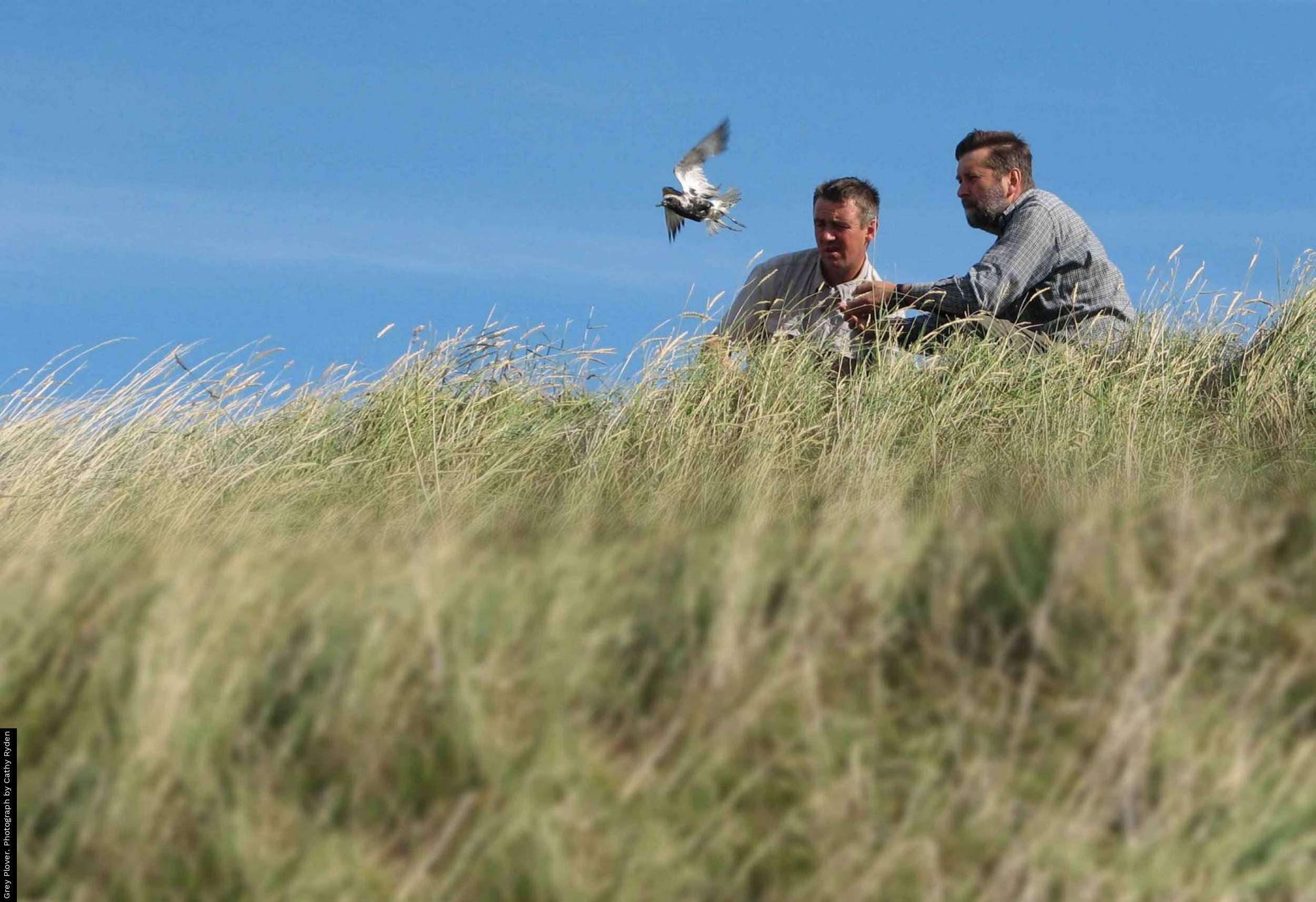
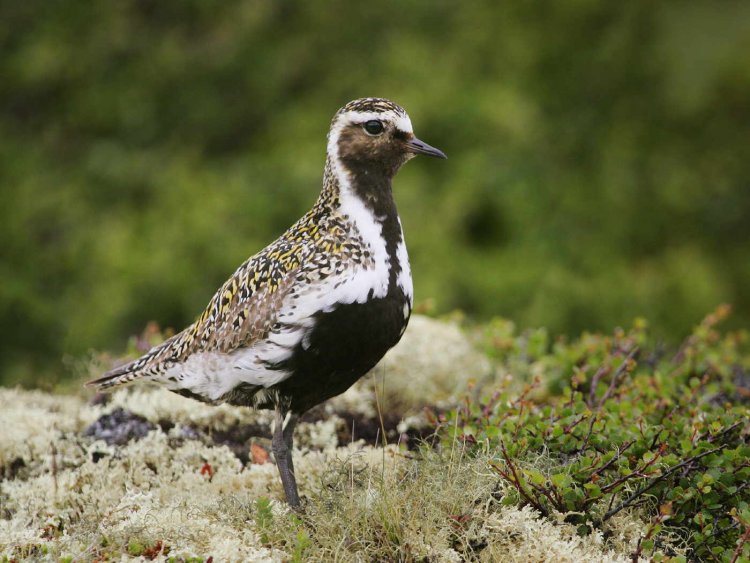
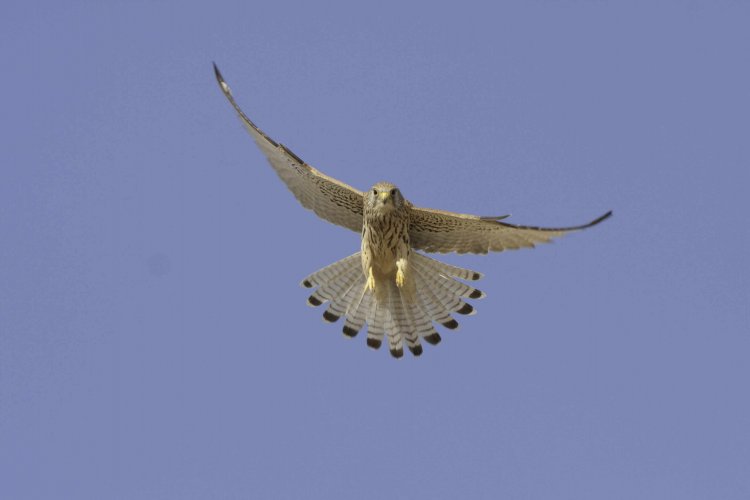
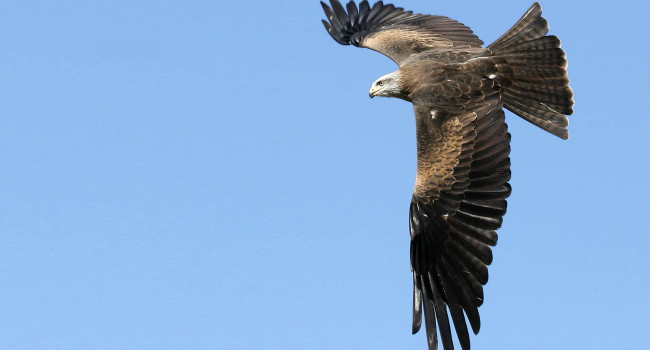

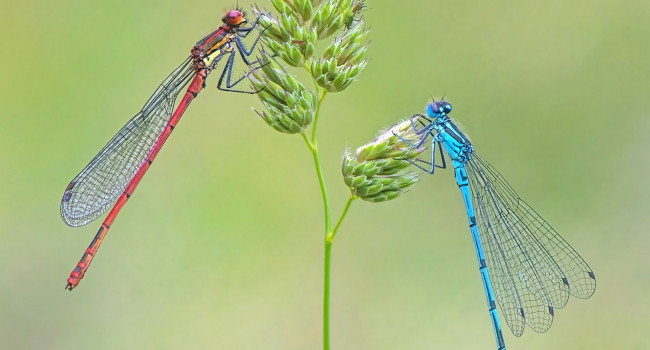

Share this page